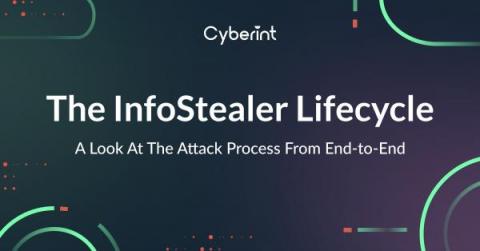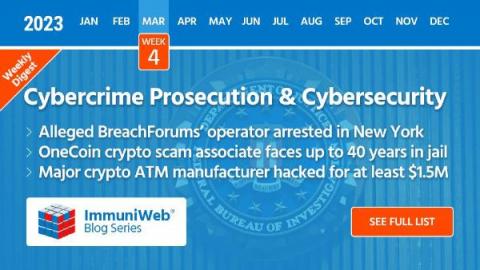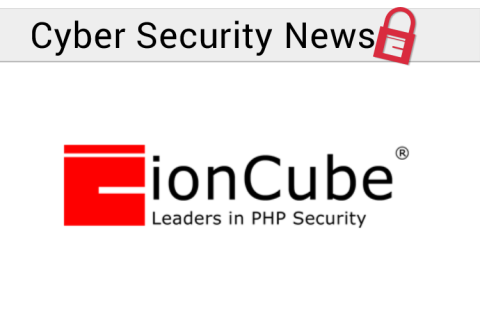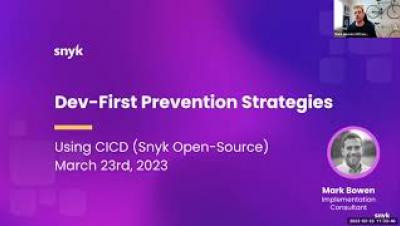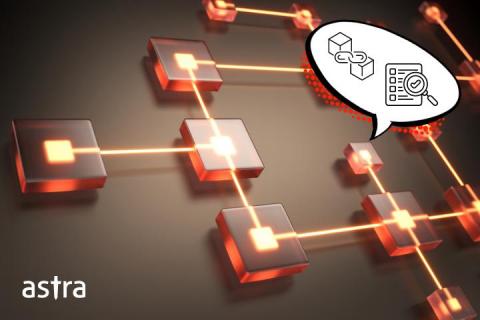Security | Threat Detection | Cyberattacks | DevSecOps | Compliance
Security
Indent and Keeper: Time Limited and Permanent Password Access Available On-Demand
Last year, Keeper Security unveiled One-Time Share, a secure and convenient way for Keeper users to share credentials with anyone, including those that are not Keeper users. Since its launch, many of our customers have grown to rely on One-Time Share, including in cases where they need the ability to set time duration. As a result, we’ve made expanding the options for setting and modifying time-limited access a top priority.
Suspected Owner of BreachForums Data Breach Website Arrested in the US
Read also: Major crypto ATM manufacturer hacked, a phone scam gang that prayed on elderly Americans dismantled, and more.
Weekly Cyber Security News 23/03/2023
A selection of this week’s more interesting vulnerability disclosures and cyber security news. For a daily selection see our twitter feed at #ionCube24.
Dev First Prevention Strategies Using the CI/CD
The SQL Injection Guide: Attacks, Types, Signs & Defense Against SQLi
Zero Day Defined: Zero-Day Vulnerabilities, Exploits & Attacks
Machine Learning in Security: Detecting Suspicious Processes Using Recurrent Neural Networks
Breaking the Chain: Defending Against Certificate Services Abuse
Top 10 Blockchain Auditing Companies
The blockchain industry is expected to grow and hit a value of $163 billion by 2029. With such growth will also come the ever-increasing need for ensuring the protection of blockchain applications. In comes blockchain auditing companies.


